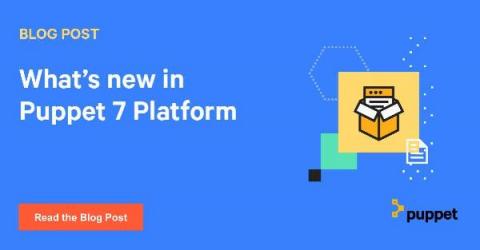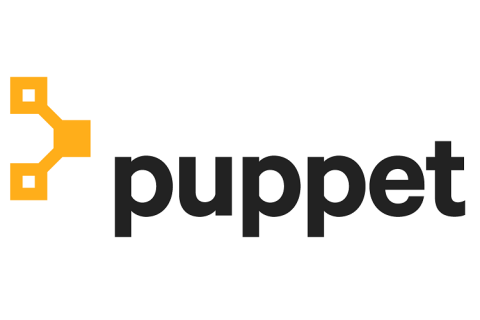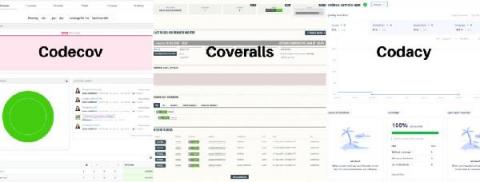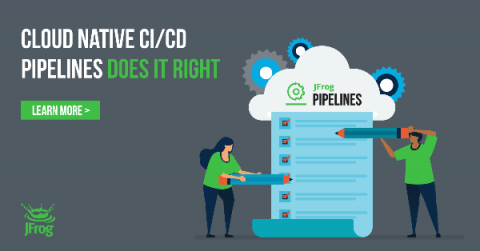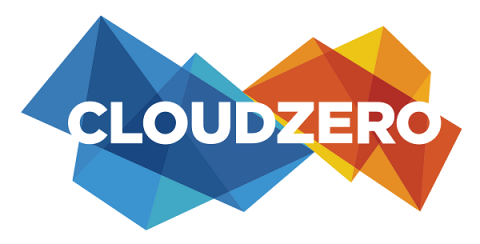Operations | Monitoring | ITSM | DevOps | Cloud
Latest News
What's new in Puppet 7 Platform
Hello, Puppet friends! It’s been a few months since we rolled out the latest major version of the Puppet platform, bumping PuppetDB, Puppet Server and Puppet Agent to “7.0.0.” First, we’d like to extend our gratitude to our vibrant Puppet community, who helped us immensely in locating and fixing some annoying bugs that managed to sneak through the release. We promptly provided follow-up releases, so be sure to check out the latest available versions for your operating system.
Grafana - How to read Graphite Metrics
Before getting started on how to read Graphite metrics, let us first dive into understanding what Grafana is all about. In a nutshell, Grafana is an open source analytics and monitoring solution, developed and supported by Grafana Labs. It allows you to query, display graphs and set alerts on your time-series metrics no matter where the data is stored.
What is YAML?
YAML is a serialization language that was created in 2001, although it would take another few years before it became super popular. The acronym originally referred to Yet Another Markup Language but this was changed a few years later to YAML Ain’t Markup Language, to emphasize that developers should use it for storing data, instead of creating documents (like HTML or Markdown, for example).
Comparison: Code Analysis Tools
Code analysis tools are essential to gain an overview and understanding of the quality of your code. This post is going to cover the following While these tools target similar use cases, they differ in their implementation, ease of use, and documentation just to name a few. This post provides an overview of each tool as well as a detailed comparison to help analyse and decide which tool is best suited for your needs.
Do Edge Applications Need Stateful Storage?
Kubernetes applications are increasingly making their way to the edge and embedded computing. Storage will quickly follow as the applications that rely on this edge infrastructure become more advanced and naturally carry more state. According to a study by McKinsey and Company, a “connected car” processes up to 25GB of data per hour.



